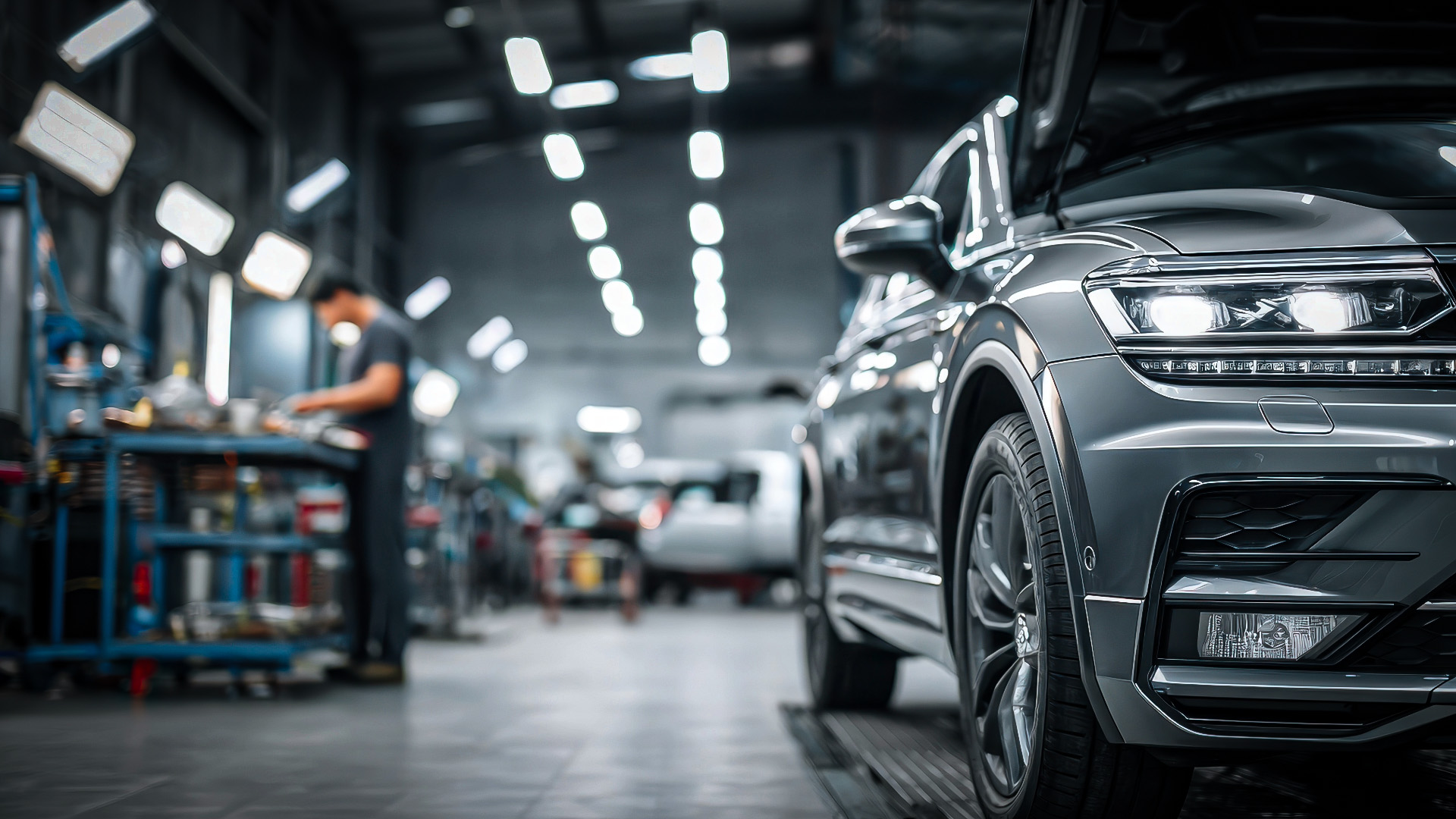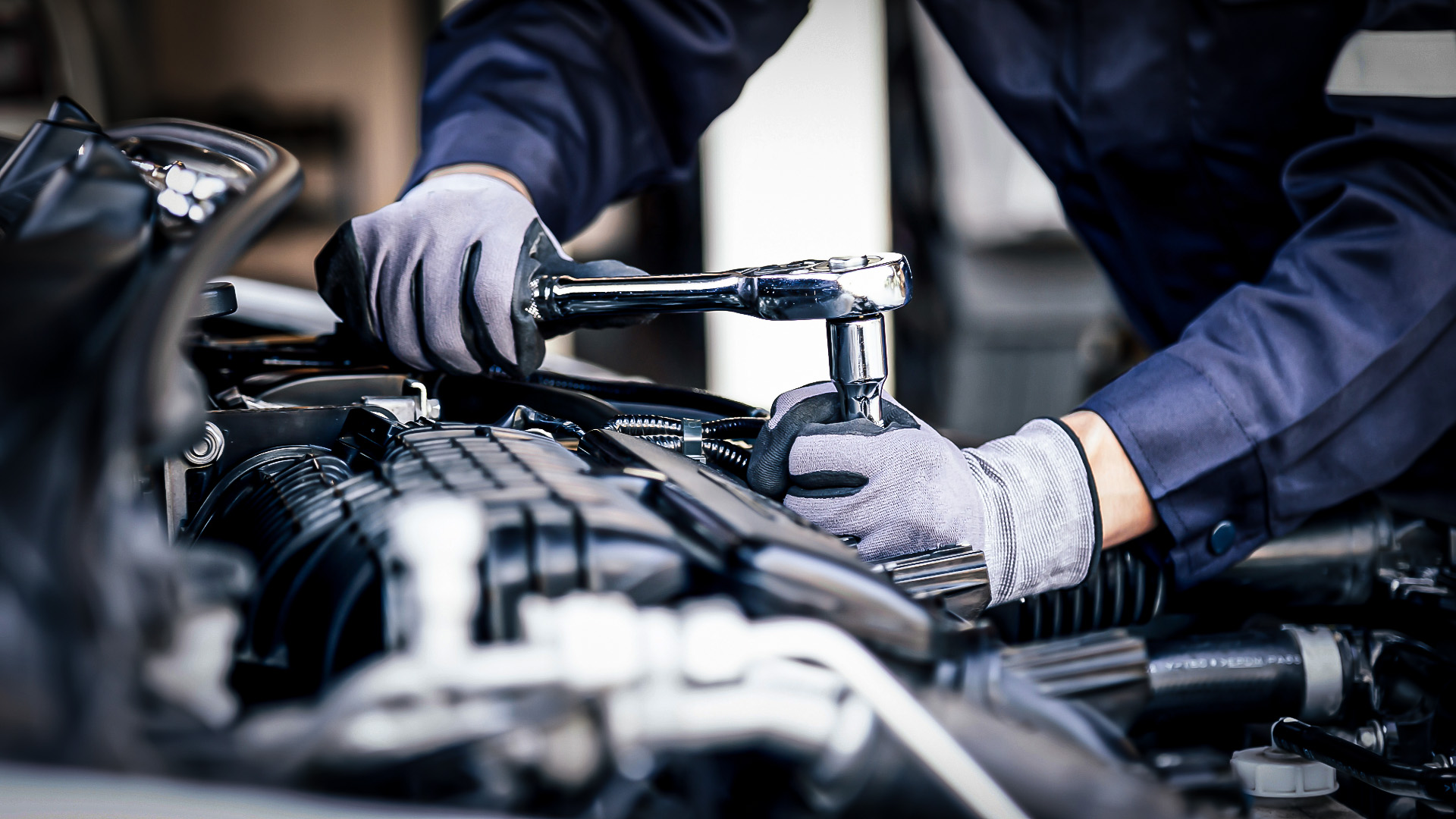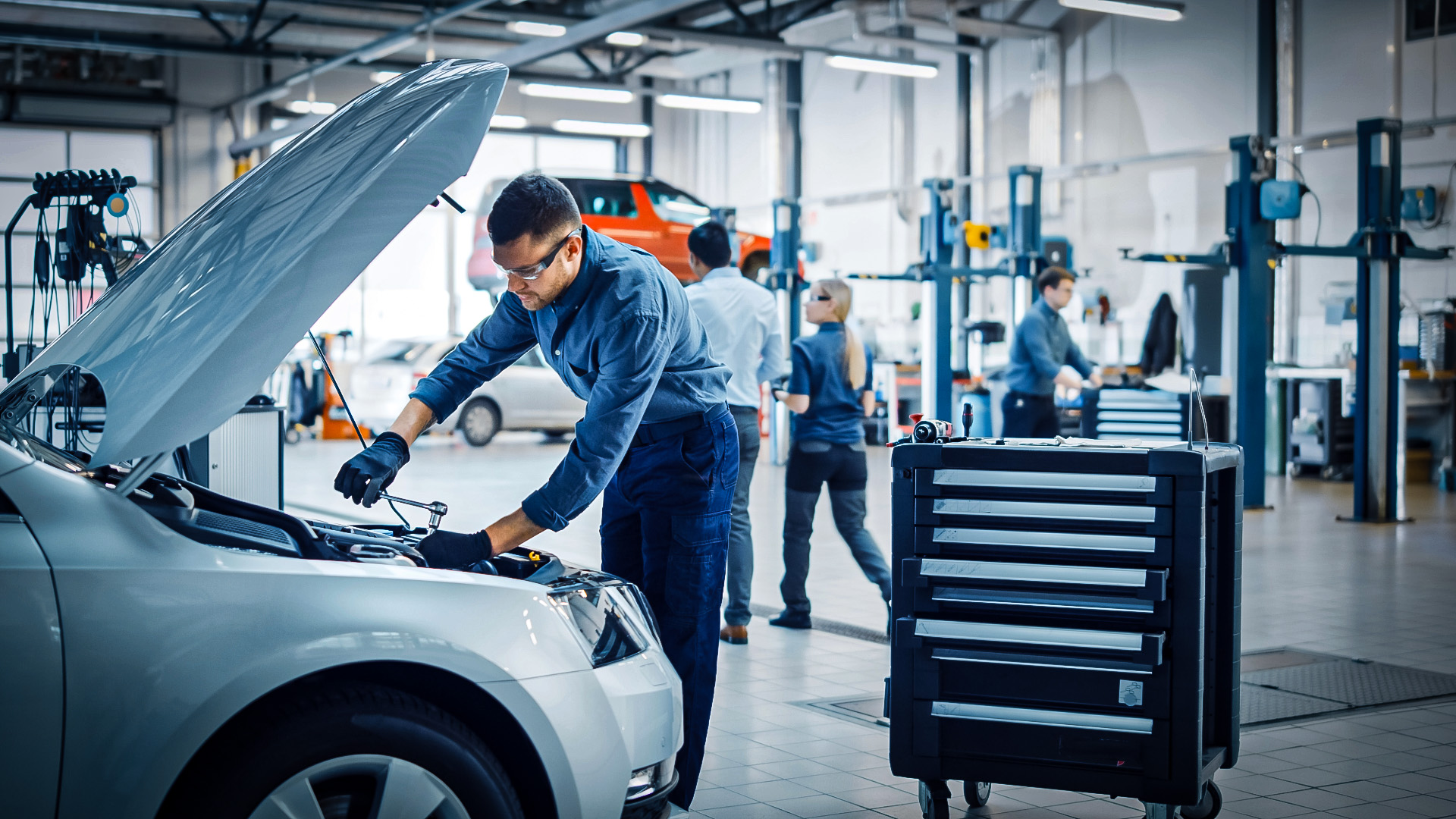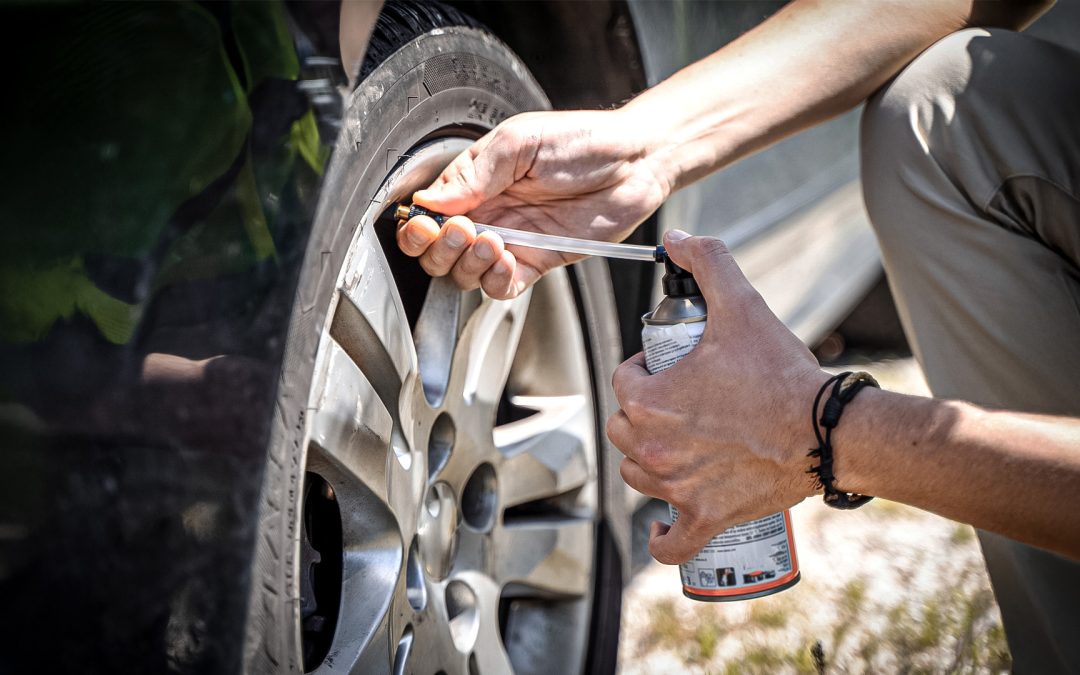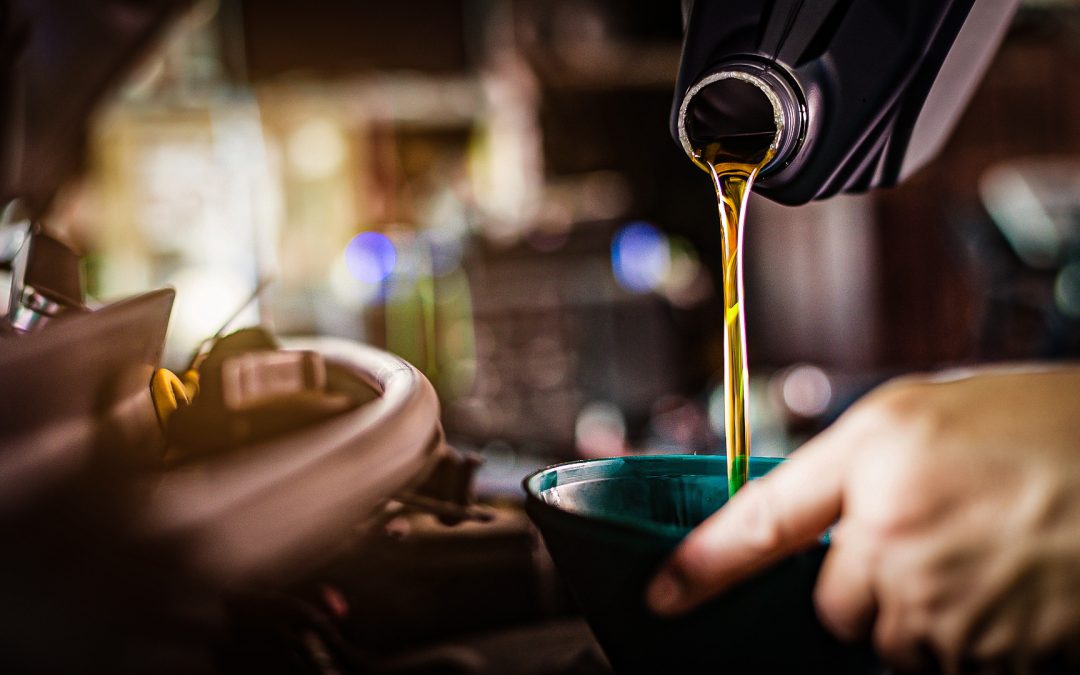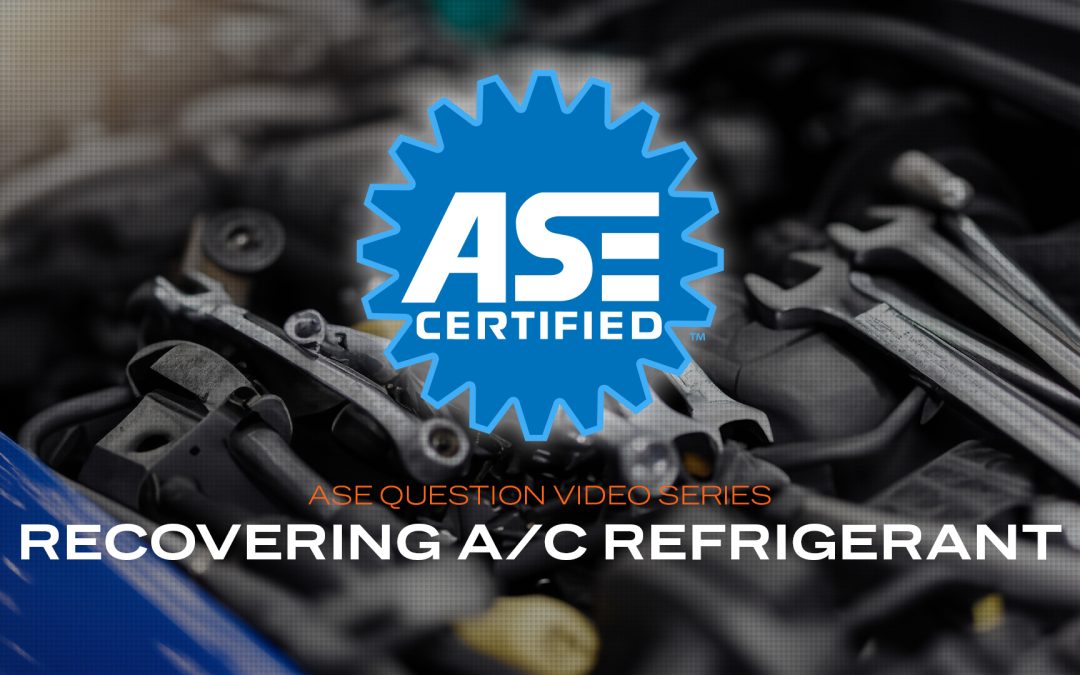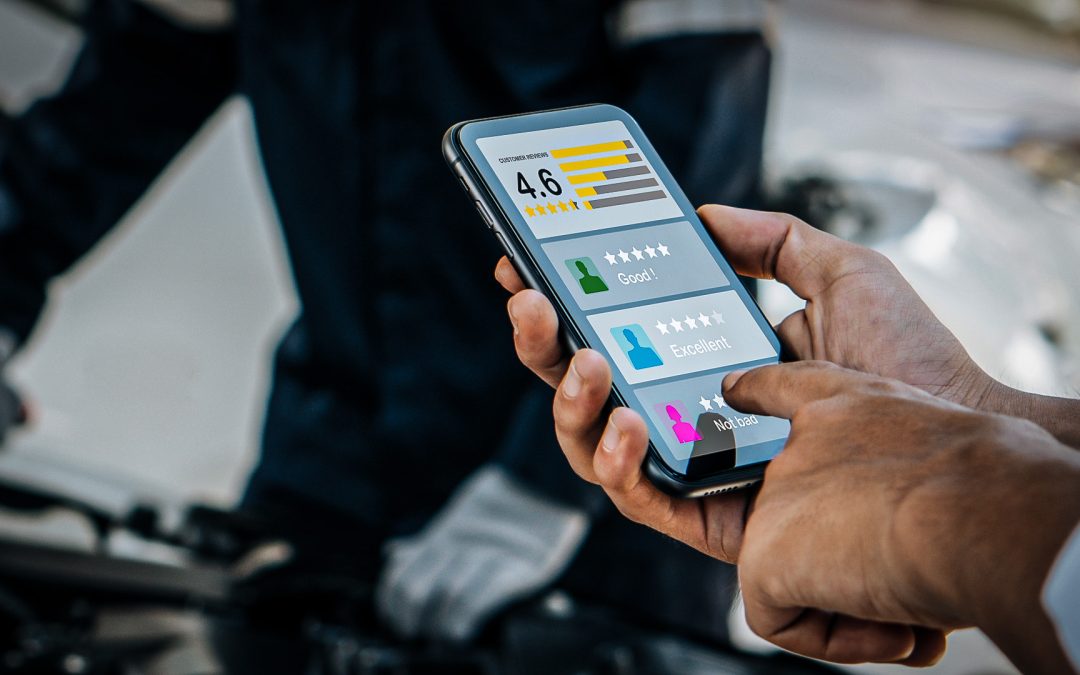Rethink your non-technician payroll
When most shop owners think about labor rate and profitability, they focus on the technicians turning wrenches. But CODB is bigger than that; it represents all the fixed expenses of running the business, including the cost of the people who support the work, not just the ones performing it.
Think about your service advisor, bookkeeper, or shop manager. Their salaries don’t show up on a repair order the way technician hours do, but without them, the shop couldn’t function. These positions handle everything from customer intake and estimating to parts ordering, warranty processing, accounting, and scheduling. They’re often the first and last contact a customer has with your business, and the quality of that interaction is just as critical as the repair itself.
Here’s where CODB comes in. By calculating and tracking CODB, you’re accounting for those salaries in your per-hour expense baseline. That means your posted labor rate and your billed hours aren’t just covering the techs’ pay and the lights over their heads; they’re also generating the revenue needed to pay and retain skilled supporting staff.
Instead of viewing other staff as “overhead” that eats into profit, CODB reframes them as essential contributors whose compensation is built right into the hourly structure of the business.


